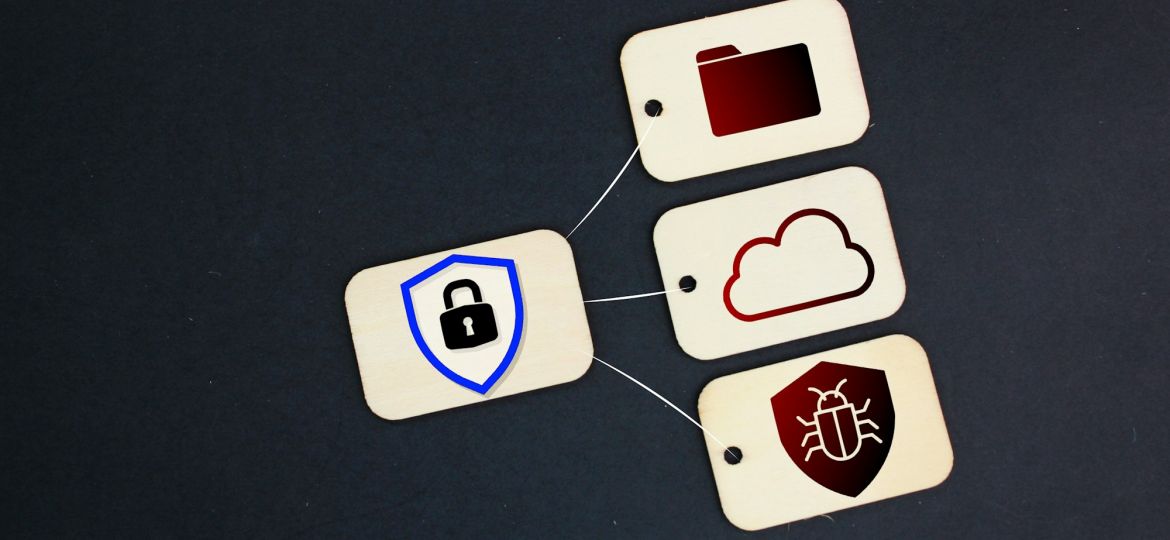
In the realm of cloud computing, security stands as a paramount concern for organizations of all sizes. Amazon Web Services (AWS), as a leading cloud service provider, offers a comprehensive suite of tools and features designed to ensure the highest levels of security. However, leveraging these capabilities to their fullest potential requires a deep understanding of AWS security best practices. This guide delves into the crucial aspects of enhancing cloud security within AWS, focusing on implementing strong access control measures and adopting advanced threat detection and response strategies. By adhering to these practices, businesses can fortify their cloud environments against an ever-evolving landscape of cyber threats.
Implementing Strong Access Control Measures
The foundation of robust cloud security in AWS begins with stringent access control measures. Implementing the principle of least privilege is critical; this entails granting users and services only the permissions necessary to perform their designated tasks and nothing more. AWS Identity and Access Management (IAM) plays a pivotal role in achieving this, allowing administrators to define and manage user access policies with granular control. Regular audits of IAM roles and permissions ensure that access rights remain aligned with user responsibilities, reducing the risk of unauthorized access.
Equally important is the enforcement of Multi-Factor Authentication (MFA) for all users, especially those with administrative privileges. MFA adds an additional layer of security by requiring a second form of verification beyond just a password. This significantly lowers the chances of account compromise due to phishing attacks or password theft. AWS supports MFA, and integrating it into your access control regimen is straightforward and highly recommended.
Lastly, organizing resources through AWS Resource Access Manager (RAM) and using AWS Organizations for centralized management can significantly enhance access control. These tools enable the efficient sharing of resources across AWS accounts while maintaining strict access policies. By leveraging AWS RAM and Organizations, businesses can ensure that their resource sharing practices do not inadvertently weaken their security posture.
Advanced Threat Detection and Response in AWS
In an increasingly complex cybersecurity environment, proactive threat detection and rapid response capabilities are essential. AWS offers powerful tools like Amazon GuardDuty for intelligent threat detection and AWS Security Hub for centralized security management. GuardDuty analyzes vast amounts of data across your AWS environment, identifying suspicious activity and unauthorized behavior by leveraging machine learning and known threat signatures. This continuous monitoring allows for the early detection of potential threats, enabling swift mitigation actions.
Complementing GuardDuty, AWS Security Hub offers a unified view of your security alerts and compliance status across AWS accounts. It aggregates, organizes, and prioritizes security findings from various AWS services like Amazon Inspector and Amazon Macie, as well as from AWS partner solutions. Security Hub’s dashboards and automation features simplify the task of managing and responding to threats, enhancing your security team’s efficiency.
The implementation of a well-structured incident response plan is another cornerstone of effective threat detection and response in AWS. Utilizing AWS Lambda for automating response actions can drastically reduce the time to mitigate threats. Moreover, AWS CloudTrail’s detailed logging capabilities provide invaluable insights during post-incident analysis, helping to identify the root cause and prevent future breaches. By integrating these tools and practices, organizations can establish a proactive stance against cyber threats, safeguarding their AWS environments.
Navigating the complexities of cloud security requires a strategic approach, underscored by a thorough understanding of AWS’s security features and best practices. By implementing strong access control measures and advancing threat detection and response capabilities, businesses can create a resilient cloud environment. This guide serves as a roadmap for leveraging AWS’s robust security tools, ensuring that organizations can confidently protect their data and resources against cyber threats. As the digital landscape continues to evolve, maintaining a proactive and informed security posture in AWS is not just beneficial—it’s essential.

